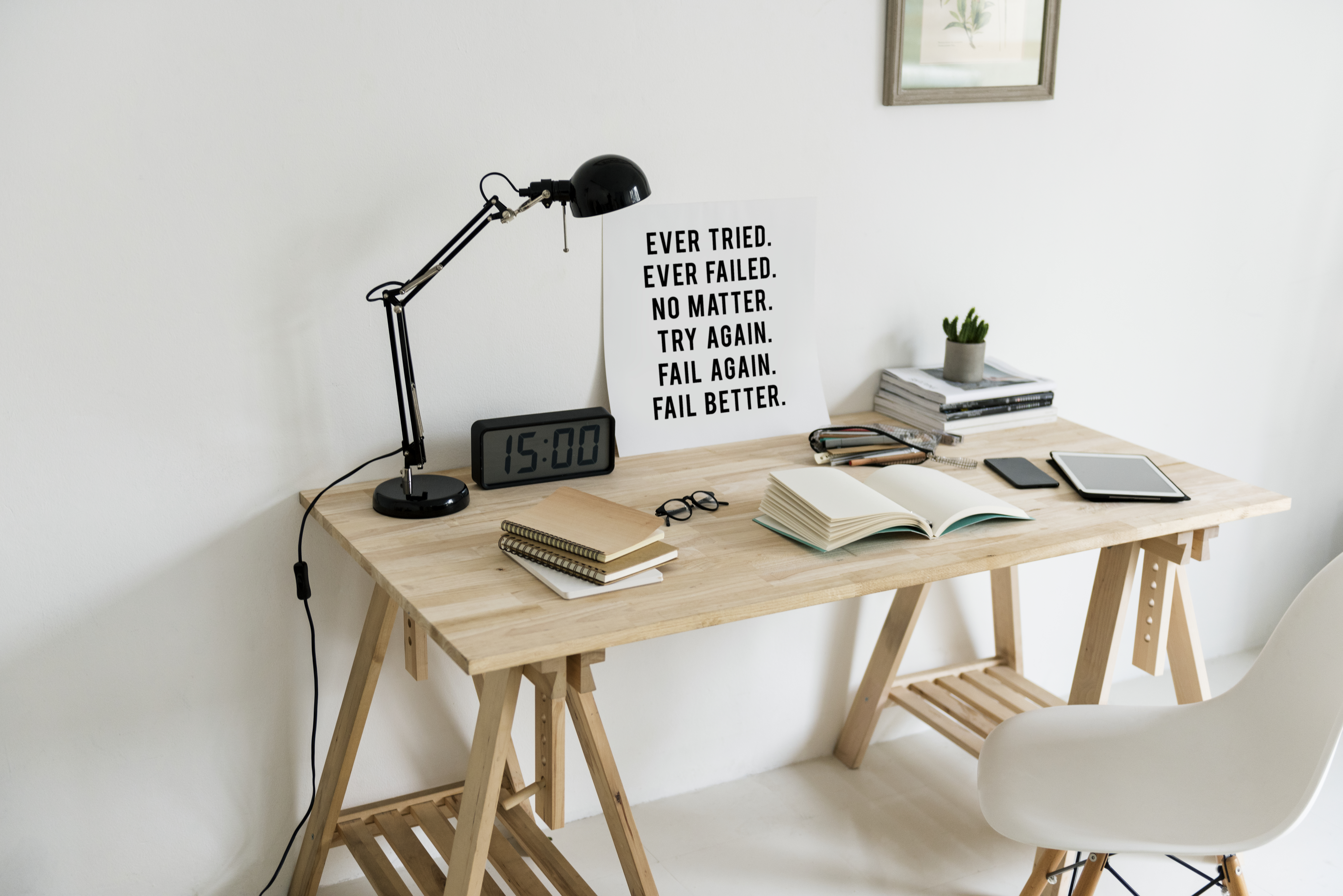I love to talk about writing and books about the craft of writing. While I can honestly say that I’ve never read a craft book that I didn’t get something out of, these are the top-five must reads for any memoirist. (And if you’re working on a memoir, you can call yourself a memoirist, even if you only have five hundred words on paper. Enough of this “aspiring” nonsense.)
1. Bird by Bird: Some Instructions on Writing and Life by Anne Lamott. Pantheon Books, 1994.
This is the first craft book I ever read, so it seems natural to list it first. If you have never read a book about writing, it’s a nice one to start with because it feels more like a conversation with a wise friend than a lecture. Anne Lamott intersperses autobiographical conversations with her instructions on writing. Her voice is fresh and honest, incredibly funny and always cuts directly to the point. She discusses issues such as writers block, the fallacy of the idea that getting published will make everything okay, character development, and research and libel.
2. The Situation and the Story: The Art of Personal Narrative by Vivian Gornick. Farrar, Straus and Giroux, 2002.
Vivian Gornick’s craft book is a must-read, if for no other reason than you will hear it mentioned in nearly every writing workshop. She discusses persona in memoir and narrative, and the difference between having a “story” or focus, and just mucking about in narrative. Her book uses many examples from literature to clarify her discussion on the relationship between the author and the material, and is particularly helpful in distilling the essence of the story from the condition of life. It helps the writer answer the age-old and always irritating question, “why do we care?”
3. Fearless Confessions: A Writer’s Guide to Memoir by Sue William Silverman. The University of Georgia Press, 2009.
At this point in your journey of self-education, you’re ready to get down to the nuts and bolts of writing. I’d recommend Sue William Silverman’s craft book. It teaches the basics of writing memoir, including theme, details, horizontal and vertical plot, the arc of the story, voice, beginnings and endings and publishing opportunities. She includes writing exercises, samples and overviews of sub-genres.
4. The Nonfictionist’s Guide: On Reading and Writing Creative Nonfiction by Robert Root. Rowman & Littlefield Publishers, Inc. 2008.
Now that you have the basics covered, it’s time to get a little weird. Root discusses the poetics of nonfiction and refers to tools of poetry that can be used in other nonfiction works. He provides an in-depth look at segmented essays and the important of white space. This is a great book to allow you to think beyond the story to the form itself.
5. On Writing: A Memoir of the Craft by Stephen King. Pocket Books, 2002.
I resisted reading Stephen King’s book simply because everyone was talking about it—I distrust trends in literature as well as clothing. It turns out, that’s a silly reason not to read a book. This book is half memoir, half craft book, and it applies to nonfiction as well as fiction. It’s a good reminder that in addition to all the tools writers need, we also need to be able to tell a good story.


